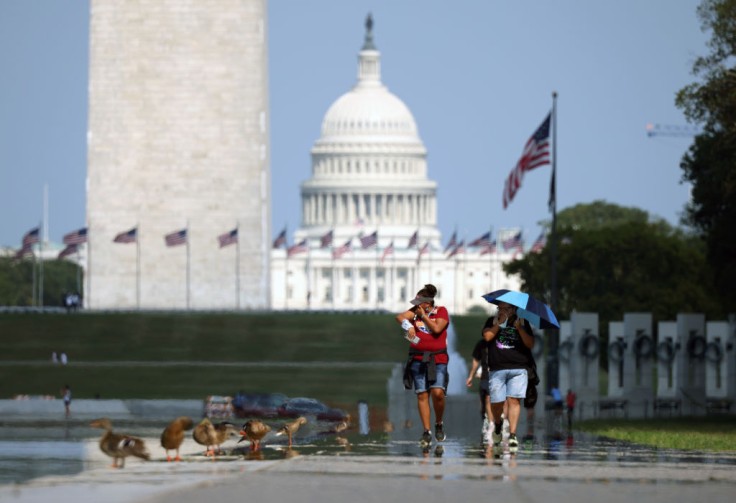
As the summer season begins, the United States is experiencing a record-breaking rise in temperature, between 10 to 30°F than normal, in at least 27 states across the Midwest and Southwest. More than 100 million people could be feeling the scorch in the coming days as the heat and dry conditions persist.
According to ABC News, Colorado, New Mexico, Oklahoma and Texas have already raised the alarm for increased fire risk and other heat-related incidents. On the other hand, temperatures around the Death Valley in California logged the hottest so far at 123°F.
These events of excessively high temperatures put thousands of Americans, especially children, at risk of getting sick from heat exhaustion that the National Weather Service advised people to stay indoors and avoid the sun as much as possible. However, even when inside, families could still experience dehydration, heat exhaustion, or heat stroke, especially if there is no good ventilation or air conditioning indoors.
Heat Exhaustion vs. Heatstroke
According to the Environmental Protection Agency, heat waves have become more intense in the last decade due to climate change. Although it's still the start of summer, the temperatures in the U.S. in recent weeks have been more typical of a July or August peak because climate change has also brought earlier starts to heatwaves and the heat-trapping greenhouse effect.
Families in the city are more prone to feel the heat due to poor vegetation and more human activities. But they can make simple actions to protect themselves and their loved ones by becoming more aware of the signs of heat exhaustion and heatstroke and the remedies to these conditions.
Some of the symptoms of heat exhaustion include headache, dizziness, nausea, increased thirst, elevated body temperature, and irritability. This happens because the body loses water or salt as a person sweats excessively. On the other hand, indicators of heatstroke include passing out, rapid heart or pulse rate, a body temperature over 104°F, and hot, red, or moistened skin.
Both conditions need immediate attention. If someone in the family has the symptoms, call 911 right away. However, while waiting for medical assistance, it will help to cool down the person by giving water to drink, taking a shower or a sponge bath, and moving to a cooler area in the house.
Dr. Aaron Bernstein of the Center for Climate, Health, and the Global Environment told CNN that children are most vulnerable during the heatwave. If the kids do not die from the impact, they could still suffer "lifetime health potential" if medical help is not provided on time.
What Families Can Do
Some households, however, do not have the benefit of air conditioning. Dr. Ryan Lamb of the UNC Rex Hospital in North Carolina recommends, via USA Today, for families to seek refuge in businesses where they can cool down, such as coffee shops, malls, and public facilities, especially between 1:00 p.m. to 6:00 p.m. He also recommends carrying around a portable fan or a spray bottle to cool off once in a while.
At home, Lamb suggested closing the windows when the sun is too hot in the afternoons, but these should be open at night to allow the cooler night air to come in. Set box fans facing outside the window as well, as this will blow out the hot air of the room and bring in the cold air from outside. Turn on the exhaust fan in the kitchen and bathrooms to also draw the hot air out.
More often than not, baths will help lower the core body temperature and if there's one available, use peppermint or mentholated soap for that extra blast of cool.